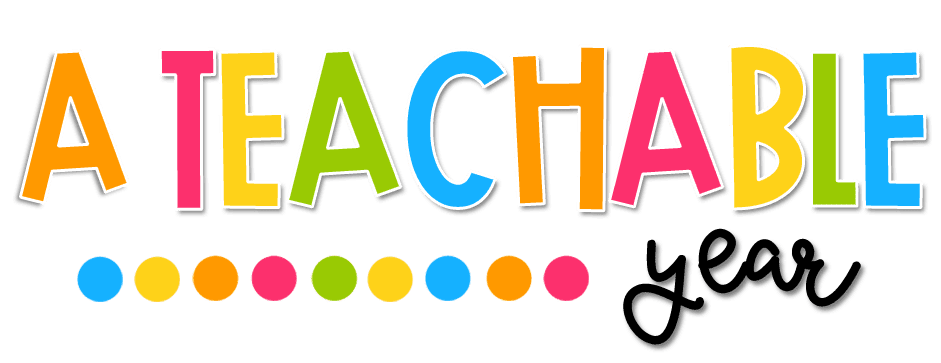In the field of ESL (English as a Second Language) education, promoting inclusivity is not only a goal but a requirement. Classrooms with diverse students, who have different proficiency levels, learning styles, and cultural backgrounds, come together. In this article, we will examine the inclusive features of Boom Cards, investigating how this adaptable digital resource can be customized to address the distinct needs of diverse ESL learners. By accommodating various proficiency levels, embracing different learning styles, and respecting diverse cultural contexts, Boom Cards have the capacity to change ESL education into an inclusive and empowering experience.
Understanding the Diverse ESL Classroom:
In an ESL classroom, diversity is the cornerstone. Students come from different linguistic backgrounds, possess varying levels of English proficiency, and bring with them unique learning styles shaped by cultural influences. Addressing this diversity is a critical aspect of effective language instruction.
Diverse Proficiency Levels:
ESL classrooms often feature a mix of students with varying levels of English proficiency. Some may be beginners, while others are at an intermediate or advanced stage. Boom Cards provide a flexible platform that allows educators to create decks tailored to different proficiency levels, ensuring that all students receive targeted instruction at their individual learning pace.
Varied Learning Styles:
Varied Learning Styles:
Every student learns differently, and accommodating diverse learning styles is essential for effective teaching. Boom Cards offer a range of interactive features, catering to visual, auditory, kinesthetic, and read/write learners. Whether through visual puzzles, audio prompts, or hands-on activities, Boom Cards can be customized to engage students based on their preferred learning modalities.
Cultural Backgrounds and Contexts:
Cultural Backgrounds and Contexts:
Cultural diversity adds richness to the ESL classroom but also necessitates sensitivity to different cultural backgrounds. Boom Cards can be adapted to include culturally relevant content, ensuring that the materials resonate with students from various cultural contexts. This not only enhances engagement but also promotes cross-cultural understanding and appreciation.
Adapting Boom Cards for Different Proficiency Levels:
Boom Cards offer educators the flexibility to tailor materials to the diverse range of proficiency levels present in ESL classrooms.
Beginner-Level Decks:
For students in the early stages of English language acquisition, Boom Cards can feature basic vocabulary exercises, simple sentence structures, and interactive activities that introduce foundational language skills. Incorporating visual aids and audio prompts helps scaffold learning for beginners.
Intermediate-Level Challenges:
Intermediate-Level Challenges:
Intermediate learners benefit from more complex language structures and activities. Educators can design Boom Card decks that involve reading comprehension exercises, grammar challenges, and vocabulary expansion at a level suitable for learners progressing beyond the basics.
Advanced-Level Enrichment:
Advanced-Level Enrichment:
Advanced ESL students can explore Boom Cards that delve into nuanced language use, idiomatic expressions, and higher-order thinking skills. These decks can focus on advanced grammar concepts, literature analysis, and debate topics, challenging students to refine their language proficiency.
Catering to Varied Learning Styles:
Boom Cards offer a diverse set of interactive features, allowing educators to cater to different learning styles within the ESL classroom.
Visual Learners: Create Boom Card decks with vibrant visuals, infographics, and charts to support visual learners. Interactive activities such as matching images to words or categorizing vocabulary items based on visual cues engage and reinforce learning for students who thrive in a visually rich environment.
Auditory Learners: Utilize Boom Cards' audio capabilities to create decks that focus on pronunciation, listening comprehension, and language immersion. Audio prompts, storytelling, and pronunciation exercises cater to auditory learners who benefit from hearing and repeating language patterns.
Kinesthetic Learners: Engage kinesthetic learners with hands-on Boom Card activities that involve drag-and-drop interactions, puzzle-solving, or interactive simulations. These activities provide a tactile dimension to language learning, allowing kinesthetic learners to physically engage with the material.
Read/Write Learners: For students who excel in reading and writing, Boom Cards can incorporate activities like essay writing, journaling prompts, and grammar challenges. These decks encourage literacy development and cater to learners who prefer processing information through written language.
Embracing Cultural Diversity:
Cultural sensitivity is crucial in an ESL classroom, and Boom Cards can be adapted to embrace and celebrate the diversity of cultural backgrounds within the student body.
Incorporating Culturally Relevant Content:
Design Boom Card decks that include content reflecting diverse cultural contexts. This can involve incorporating literature, stories, and vocabulary that are representative of various cultures, fostering inclusivity and allowing students to see themselves reflected in the learning materials.
Customizing Examples and Scenarios:
Customizing Examples and Scenarios:
Tailor examples and scenarios in Boom Cards to be culturally sensitive. Ensure that the characters, settings, and situations presented in the decks resonate with the cultural backgrounds of the students. This approach not only enhances relatability but also promotes a deeper connection to the language being learned.
Promoting Cross-Cultural Understanding:
Promoting Cross-Cultural Understanding:
Create Boom Card activities that encourage discussions about cultural differences, similarities, and global perspectives. Foster an environment where students can share aspects of their cultures, promoting cross-cultural understanding and enriching the overall learning experience.
Inclusive ESL education is not just about accommodating differences; it's about leveraging them to create a vibrant and enriching learning environment. Boom Cards, with their adaptability and interactive features, stand as a powerful tool in achieving this goal. From catering to diverse proficiency levels to embracing various learning styles and cultural contexts, Boom Cards empower educators to tailor language instruction to the unique needs of each student. As ESL classrooms continue to evolve, the inclusivity afforded by Boom Cards ensures that every learner feels represented, engaged, and empowered in their English language journey.








No comments
Post a Comment
Thanks for your comment!